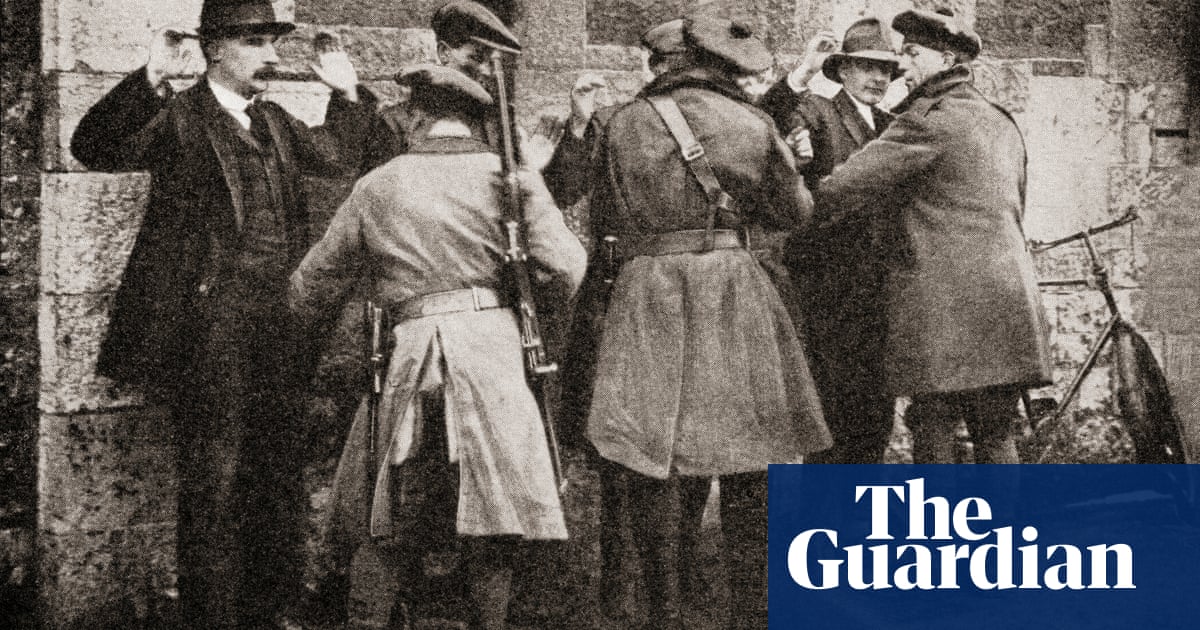
The Irish Republican Army’s executioners shot and secretly buried their victims in fields and bogs, leaving them to decay and enter the ranks of Ireland’s “disappeared”.
Some were British soldiers, others were suspected informers or turncoats. Uncertainty about their fate and the location of their remains added a cruel twist to a brutal conflict.
They were not, however, killed by the Provisional IRA in Northern Ireland during the Troubles but by the so-called “good old IRA” in the south of Ireland during the 1919-21 war of independence.
In less than three years, in fact, the founding fathers of the Irish state killed and disappeared five times more people than the Provisional IRA would do over 30 years, according to research.
“It’s well known that people in the north disappeared during the Troubles,” said Pádraig Ó Ruairc, a historian and archaeologist who has investigated the phenomenon. “What people don’t know and in some cases don’t want to admit is that the same thing happened in the fight for freedom in southern Ireland on a much wider scale over a much shorter period.”
Ó Ruairc has documented a secret, grisly tradition in The Disappeared: Forced Disappearances in Ireland 1798-1998, published this week.
For different reasons Irish and British authorities had drawn a veil over the worst period for abductions and killings, he said. “There is no political will. They don’t want to touch this.”
Republican forces killed and secretly buried 94 people during the war of independence, also known as the Anglo-Irish war, versus 19 people disappeared by the Provisional IRA and the Irish National Liberation Army during the Troubles.
The numbers pale in comparison with Spain’s civil war, Indonesia’s anti-left purges and South America’s “dirty wars” but some cases still resonate. Disney+ has filmed a forthcoming drama series about Jean McConville, a Belfast mother of 10 murdered in 1972, based on Patrick Radden Keefe’s book Say Nothing.
An Independent Commission for the Location of Victims’ Remains is tasked with finding four people still unaccounted for from the Troubles, including Robert Nairac, a British army captain, and Columba McVeigh, a 19-year-old Catholic.
Ireland’s establishment parties Fianna Fáil and Fine Gael try to embarrass Sinn Féin – the Provisional IRA’s political wing during the Troubles – by citing those unresolved cases.
Yet the governing parties celebrated the original IRA as national heroes – and party founders – while overlooking victims such as Edward Parsons, 15, and Maria Lindsay, shot and secretly buried respectively in 1921 and 1922, said Ó Ruairc. “The Irish state is somewhat in denial over the level of violence used in the war of independence. They don’t want to go digging up the bodies.”
For rebels, concealing corpses kept the British guessing and impeded potential prosecution and reprisals. About 40 of that era’s disappeared remain buried and most are findable, said the historian. Some executioners left maps and others confided in relatives, so knowledge entered local folklore. Ó Ruairc has received anonymous letters and maps detailing locations.
As retaliation for a lethal British raid his great grand uncle, an IRA commander named Ned Lynch, had a prisoner, Pte George Robertson, executed and buried in a County Clare bog. Ó Ruairc previously identified the marshy grave of another soldier, Pte George Chalmers, leading to his exhumation and reburial in 2018 at the request of descendants.
British military authorities had shown little interest in finding further sites, he said. “If you start digging up soldiers here it raises question of what they were doing in Ireland.” The Disappeared documents cases of troops and police secretly burying victims, including six civilians shot during the 1916 Easter Rising, and Fr Michael Griffin, a Galway priest abducted in 1920.
One of the earliest documented disappearances is that of John Newell, a County Down man who infiltrated the United Irishmen rebel group in 1796 and helped to imprison 200 members. Newell was paid £2,000 by the authorities and with remarkable hubris boasted about his exploits in a tell-all book. He ended up abducted, shot and secretly buried in County Antrim.












